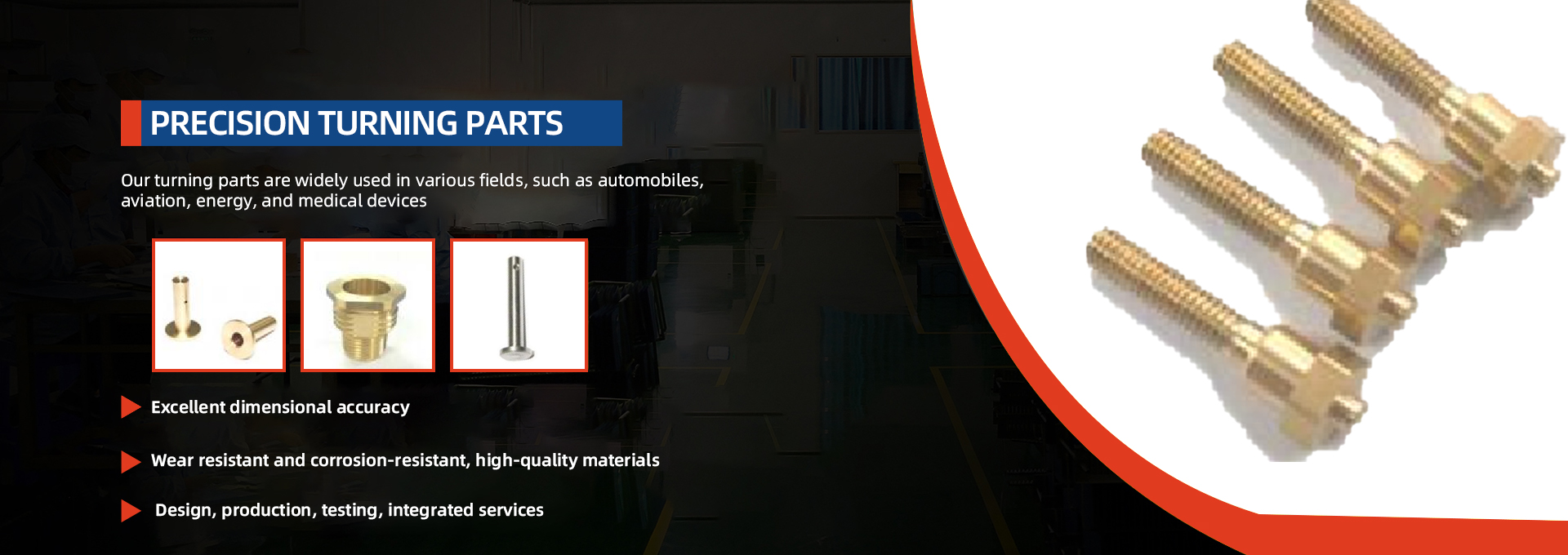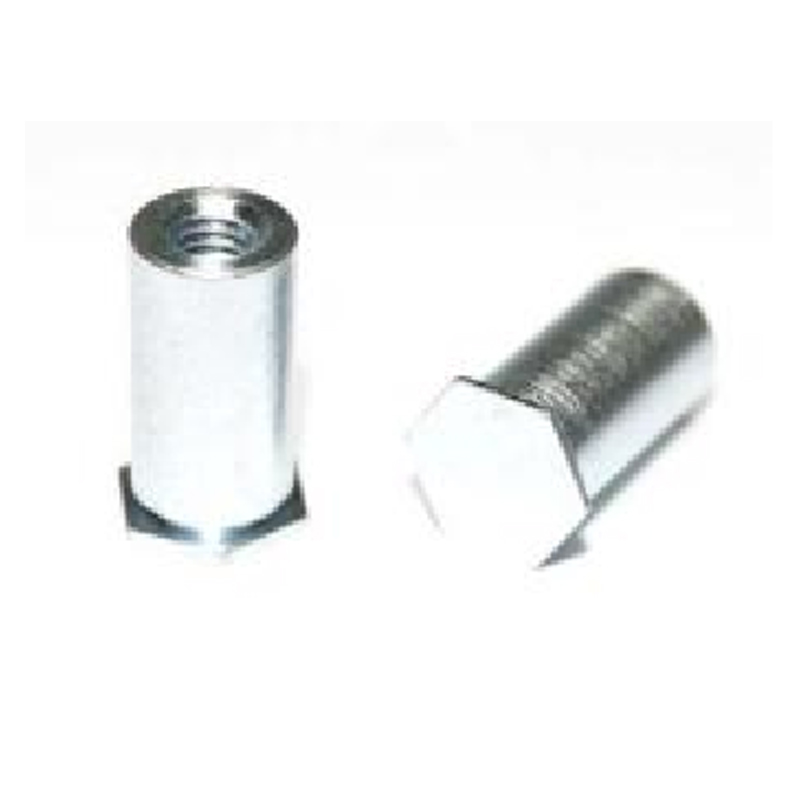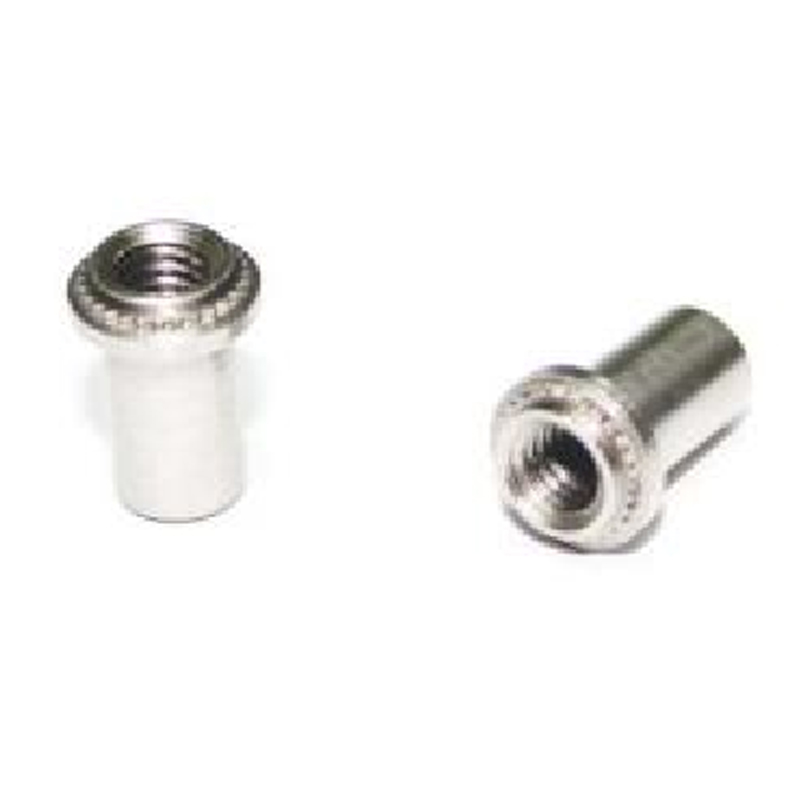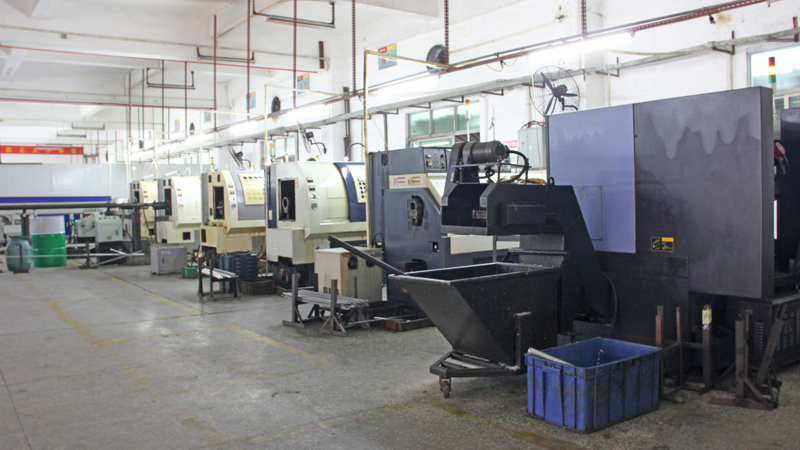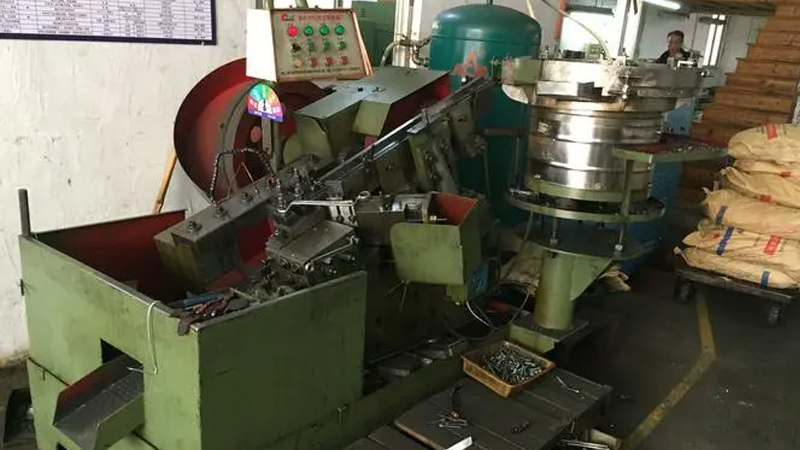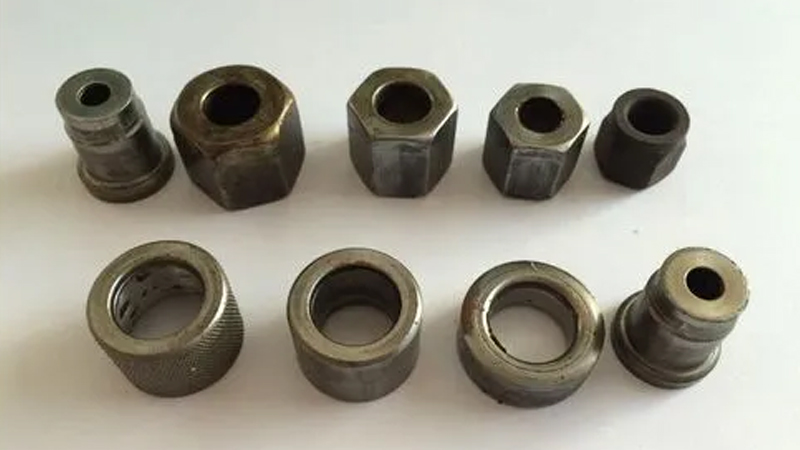The Best Products
Latest News
Difficulties and Shortcomings in Cold Heading Processing
The development of industry is also very rapid in this era, and cold heading processing is a process of cutting metal. It is a processing method that utilizes the plastic deformation generated by metal under external forces, and uses molds to redistribute and transfer the metal volume, thereby forming the required parts or blanks. The cold heading process is most suitable for producing standard fasteners such as bolts, screws, nuts, rivets, and pins. The commonly used equipment for cold heading process is a dedicated cold heading machine. Below, we will introduce the difficulties and shortcomings of cold heading processing.
1. High requirements for cold heading molds. During cold heading, the blank is subjected to triaxial compressive stress in the mold, which significantly increases the deformation resistance. This makes the stress on the mold much greater than that on general stamping molds. When cold heading steel, the stress on the mold often reaches 2000MPa to 2500MPa. In addition to high strength, molds also need to have sufficient impact toughness and wear resistance. In addition, the strong plastic deformation of metal blanks in the mold can increase the mold temperature to around 250 ℃~300 ℃, therefore, the mold material needs a certain degree of tempering stability. Due to the above situation, the lifespan of cold heading molds is much lower than that of stamping molds.
2. We need a large tonnage press. Due to the high deformation resistance of the blank during cold heading, hundreds or even thousands of tons of press machines are required.
3. Due to the high cost of cold heading molds, they are generally only suitable for parts produced in large quantities. Its suitable minimum batch size is 50000 to 100000 pieces. Resulting in the inability to conceal the needs of many small customers.
4. The raw material needs to be softened and surface treated before cold heading. This not only increases the number of processes and requires a larger production area, but also makes it difficult to achieve production automation.
5. Not suitable for processing high-strength materials.
6. The plasticity and impact toughness of cold heading parts decrease, and the residual stress of the parts is large, which can cause deformation and corrosion resistance of the parts to decrease. (Causing stress corrosion).
For example, when manufacturing a low-carbon steel cup shaped part with a diameter of 38mm, a wall thickness of 5.6mm, and a height of 100mm, the maximum deformation force is only 17T when using the stretching method, while when using the cold heading method, the deformation force is 132T. At this time, the unit pressure acting on the cold heading pressing punch reaches over 2300MPa.


